Media | Articles
In 1990, Chrysler’s lineup was a mix of old, new, borrowed, and past due
Contrary to thoughts on many corners of the Internet, the Malaise Era very much ended in the early 1980s. Performance cars were getting faster and more fun to drive, while family vehicles simply did their jobs better and more efficiently with the advent of computerized design and a smaller footprint with the same—or more—interior space as yesteryear’s land yachts. But not all brands recovered from this bout of blah at the same pace.

You’d be forgiven for thinking that Chrysler took a longer time to shrug off that era. Be it lean burn engine computers, hurried-to-production Volares, or a controversial government bailout, the 1970s were not a good time for the Pentastar brand. It would eventually bounce back, paying the government back in 1983, but did its product line recover quick enough to ditch the malaise era moniker?
By definition? Yes, it did. But, depending on your perspective on Chrysler, the answer may be more complicated than that. Haters will point to the 1990 model year as more proof of the same missteps. Lovers will see the incremental improvements of a brand that was in the midst of transforming itself into a powerhouse, albeit one that was sadly taken for a ride just a few years later.
Perhaps both perspectives have merit, as seen in Motorweek’s assessment of the 1990 Chrysler lineup. A new decade deserves some new cars, right?

The 1990 Imperial is the poster child for a new vehicle with more than a modest influence of old school thinking. The top-tier luxury Chrysler was reborn as a competitor for the downsized, front-wheel drive market dominated by Cadillac and (to a lesser extent) the Lincoln Continental. While Motorweek didn’t put them head-to-head, the Imperial’s 3.3-liter V-6 would likely have had a tough time against Lincoln’s 3.8-liter Essex V-6, much less the 4.5-liter V-8 of the 1990 Cadillacs. And its Y-body chassis is objectively inferior to GM’s C-body and Ford’s lengthened Taurus platforms, as it lacked a fully independent suspension. (If I got this wrong during my research, I’d love to be proven wrong in the comments below.)
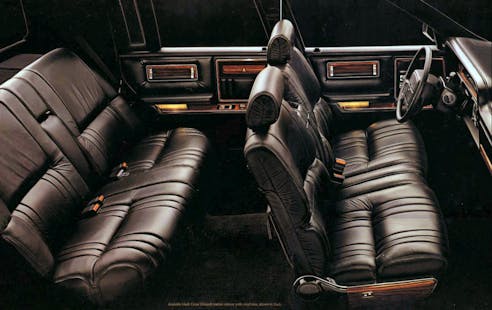
Luckily, the 1990 Imperial had an optional air suspension for Continental-like plushness, semi-independent rear setup aside. Sadly it lacked the Continental’s cutting edge, dual-mode dampers and variable rate steering. New Order was not on the playlist, as the Imperial sported styling that made it clear this New Yorker-derived flagship aimed to please a specific market: one that could care less about a wannabe-Mercedes Continental. In some ways, the Imperial was the best of old and new Chrysler.
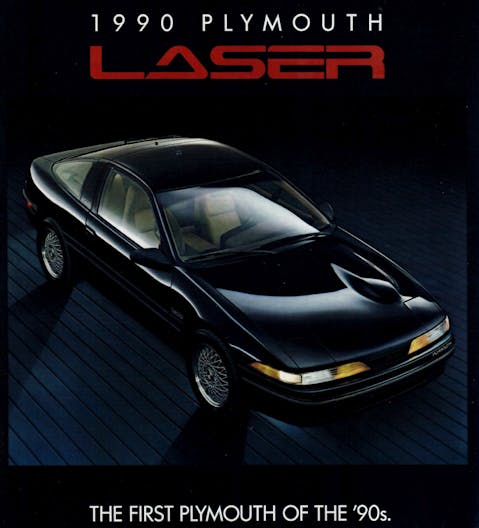
On the other side of the spectrum was the new Plymouth Laser, borrowed from Mitsubishi. New for the 1990 model year, the Diamond Star partnership gave Chrysler a Mitsubishi Eclipse, rebadged for both Plymouth and the Eagle brand. The anthesis of the traditional Imperial, the Laser clearly set its sights on a demographic that was very unlikely to consider a Chrysler product influenced by the Malaise Era. It was the right sport coupe for the time, and perhaps the most famous example of the Mitsubishi-Chrysler partnership.
But Motorweek also mentioned other Diamond Star derivatives of the era. For 1990 there was the Ram 50 (Mitsubishi Mighty Max) compact pickup, a Dodge Colt/Eagle Summit, and a host of Chrysler family vehicles now powered by Mitsubishi’s 3-liter V-6. A handful of those Mitsu-powered cars could now be ordered with a 5-speed manual in cars like the Dodge Daytona. Ordering the big motor with a stick in a Daytona ES with the “V6 Performance Discount Package” netted the performance upgrades necessary for a compelling yet winter friendly front-wheel drive alternative to a Fox Body Mustang. Sometimes borrowing stuff from others is a great idea, no?

Sometimes not. As previously discussed, Renault’s interests in the AMC brand haunted the office hallways in Auburn Hills. Long story short, former AMC dealers needed cars to sell alongside Jeeps, possibly (likely?) without red tape of selling ChryCo cars against franchised Chrysler dealers already established in the area. Legal obligations aside, the automobiles of American Motors were long past due for an extinction. While the new Eagle Premiere was ItalDesign’s take on the Renault 25, just looking at the floor console’s design and texturing in the Motorweek video suggests it was not going to be class competitive. Nor would the 1990 Dodge Monaco, the Premiere’s clone for Chrysler dealerships.
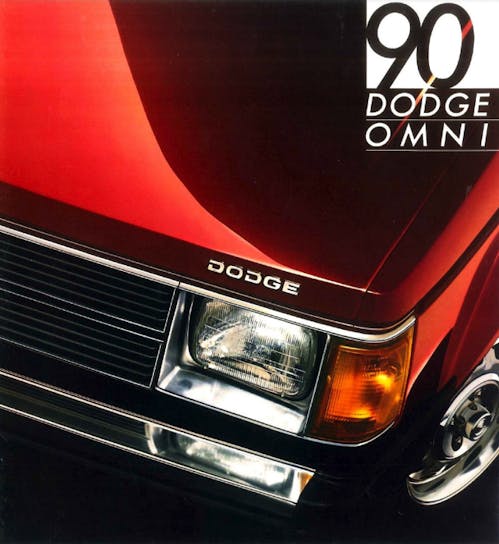
For some reason Motorweek didn’t mention the Dodge Monaco, but perhaps nothing is as “past due” as the Dodge Omni. The L-bodied world car from Chrysler ended its 12-year model run in 1990, with Malaise era battering ram bumpers intact. Judging from Motorweek’s silence, nothing of significance changed. At least they learned that both the Dodge Dakota and Ram pickups sported Club Cab body configurations this year, while Jeep models received modest safety (rear shoulder belts, Cherokee) and convenience upgrades (rear wiper arm, Wrangler hardtop).
It’s more than a little ironic to see how little time was dedicated to the Dodge Truck and Jeep brands in Motorweek’s round up, as the same video shot today would be a complete role reversal for Chrysler Stellantis’ product offerings.
How times have changed. Possibly for the better, but again, that opinion depends on your opinion of the brand. No matter, the 1980s and early 1990s were a truly unique and mind blowing time to sell Chrysler products. May history never repeat itself in that regard!
Marketplace
Buy and sell classics with confidence
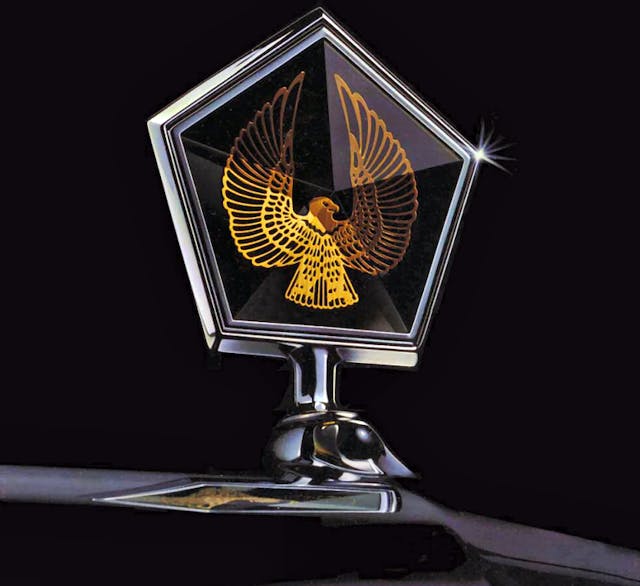







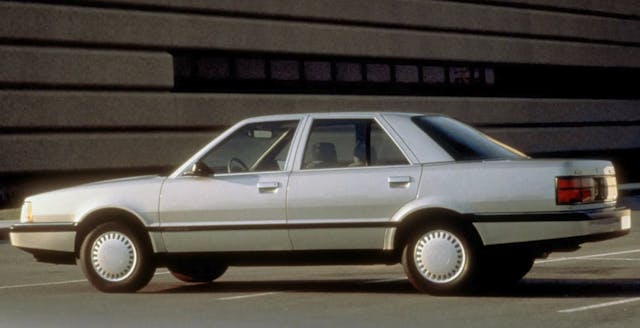

The Imperial in particular is evidence of Lee Iacocca’s tastes, or lack thereof, in this period. He thought he could endlessly dress up the ancient, and never great, K-car platform and make luxury cars that people would want. These were truly dire times for ol’ Chrysler.
Iacocca inherited the K when he arrived at the bankrupt company. Don’t forget he was at the helm for the launch of the Caravan/Voyager minivans and Viper, and during the development of the “cab-forward” LH cars and the “big rig” look Ram pickups. Most importantly, he was the head honcho when Chrysler bought AMC and with it the Jeep brand. He was there for the development of the original Grand Cherokee.
Now I’m not saying these were his ideas, but they are his legacy. He inherited the malaise and left behind a modern and often class-leading lineup.
Credit where credit is due.
. Iacocca also led the development of the Mustang, and Ford GT
Chrysler made a Mustang?…..and a Ford GT? Who knew!?